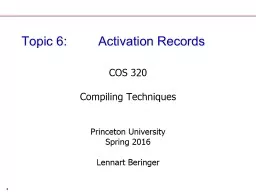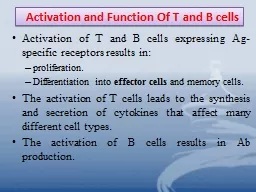PPT-Activation in Ireland: Are we on the Right Path?
Author : luanne-stotts | Published Date : 2015-10-14
Elish Kelly ESRI Seamus McGuinness ESRI Philip OConnell UCD Geary Institute Conference on Irish Economic Policy Programme 1 st February 2013 Outline Background
Presentation Embed Code
Download Presentation
Download Presentation The PPT/PDF document "Activation in Ireland: Are we on the Rig..." is the property of its rightful owner. Permission is granted to download and print the materials on this website for personal, non-commercial use only, and to display it on your personal computer provided you do not modify the materials and that you retain all copyright notices contained in the materials. By downloading content from our website, you accept the terms of this agreement.
Activation in Ireland: Are we on the Right Path?: Transcript
Download Rules Of Document
"Activation in Ireland: Are we on the Right Path?"The content belongs to its owner. You may download and print it for personal use, without modification, and keep all copyright notices. By downloading, you agree to these terms.
Related Documents














